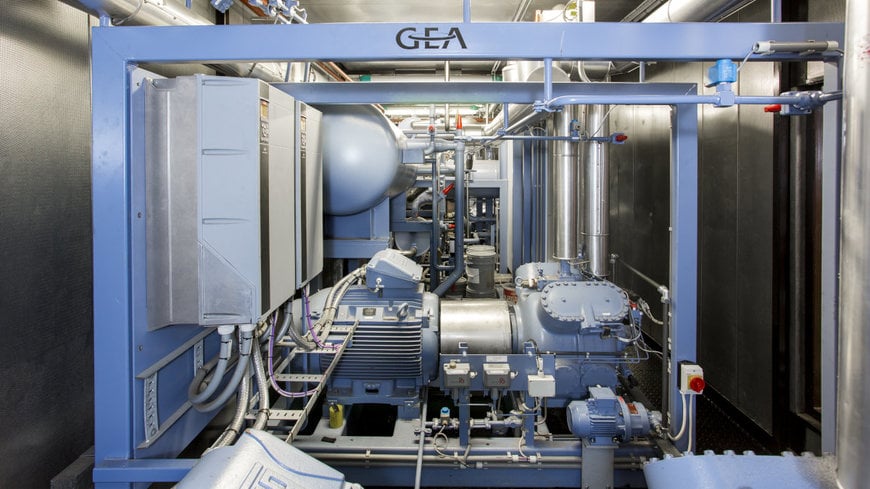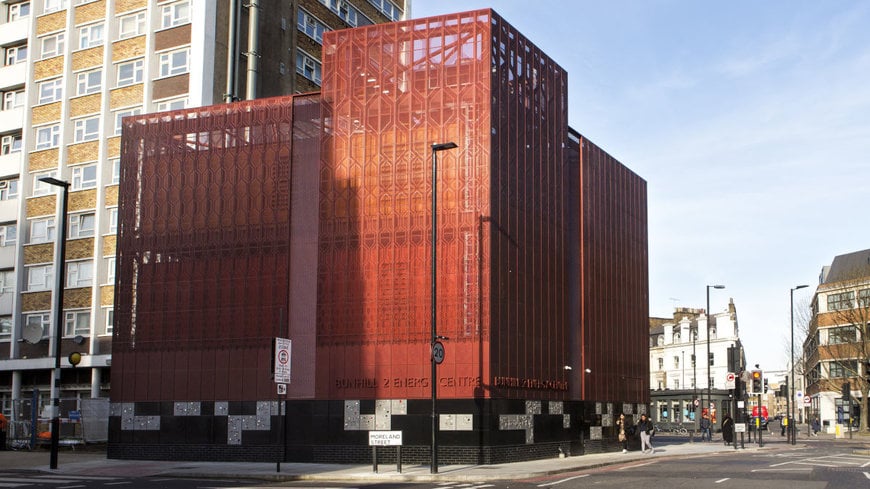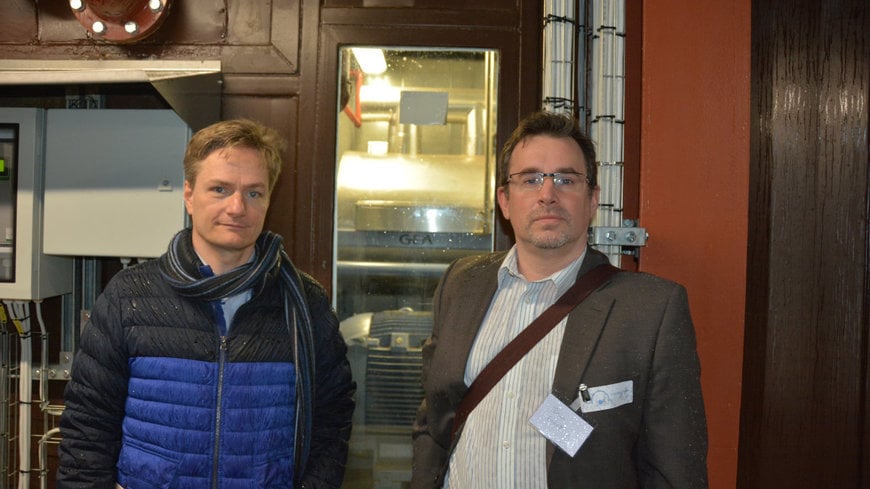www.industryemea.com
04
'21
Written on Modified on
GEA heat pump technology leveraged in model London district heating project: Bunhill 2 Energy Centre
The idea is as ingenious as it is unique and has the potential to become a global role model: the Bunhill Heat and Power Network project in central London.

By using waste heat from the London Underground network, 1,350 homes, a school and two leisure centers in Islington are now heated and supplied with hot water as part of the council’s efforts to reduce carbon emissions and achieve CO2 neutrality by 2030.
Paddy McGuinness, Managing Director of Colloide Engineering Systems, adds: “Colloide has been involved in several renewable energy projects. We partnered with GEA. on this project given their knowledge of ammonia refrigeration and heat pump technology. Based on GEA’s experience, 95 percent of the industrial refrigeration plants installed over the last 10 years have been ammonia based. Increased pressure to reduce energy bills for end users is driving a lot of interest in ammonia heat pumps.”

Exterior of Bunhill 2 Energy Centre, Islington, central London.
The Bunhill 2 Energy Centre now connects an additional 550 homes and a primary school to the existing Bunhill Heat and Power district heating network, launched by the Islington Council in 2012. The heating costs for residents connected to the network will be cut by 10 percent when compared to other existing communal heating systems, which themselves cost around half as much as standalone systems for heating individual homes. The new system is a win-win for the environment and for the residents of Islington and aligns with the council’s aim to end fuel poverty.
The heating system is particularly environmentally friendly as it reuses heat that would otherwise be wasted. Supplying the connected households and public facilities with the upgraded waste heat will help to reduce CO2 emissions in the Islington Borough by around 500 tons per year.
“Thanks to the cooperation of all involved, this is a ground-breaking district heating scheme. The main technology used is the ammonia heat pump and as a result, this project provides cheaper, greener energy for the local community,” states Shaun Hannon, Contracts Manager at Colloide.
Iain Eckett, Technical Sales Manager, Refrigeration Technologies, GEA UK, concludes: "This was a very ambitious task. But we have shown that GEA has the knowledge, the technology and the ability to successfully implement innovative projects to generate cleaner and cheaper heating. We offer the most efficient solution at an attractive price."

GEA’s Kenneth Hoffmann (left) and Iain Eckett (right) at Bunhill 2 Energy Centre, Islington, central London
The principle of heat recovery using heat pumps can be applied in London and in underground networks all around the world. London alone has more than 150 ventilation shafts where waste heat could potentially be recovered. GEA heat pump technology, coupled with the experience gained from groundbreaking projects like the Bunhill 2 Energy Centre in Islington, has made GEA a trusted and preferred partner for waste heat projects globally.
www.gea.com

